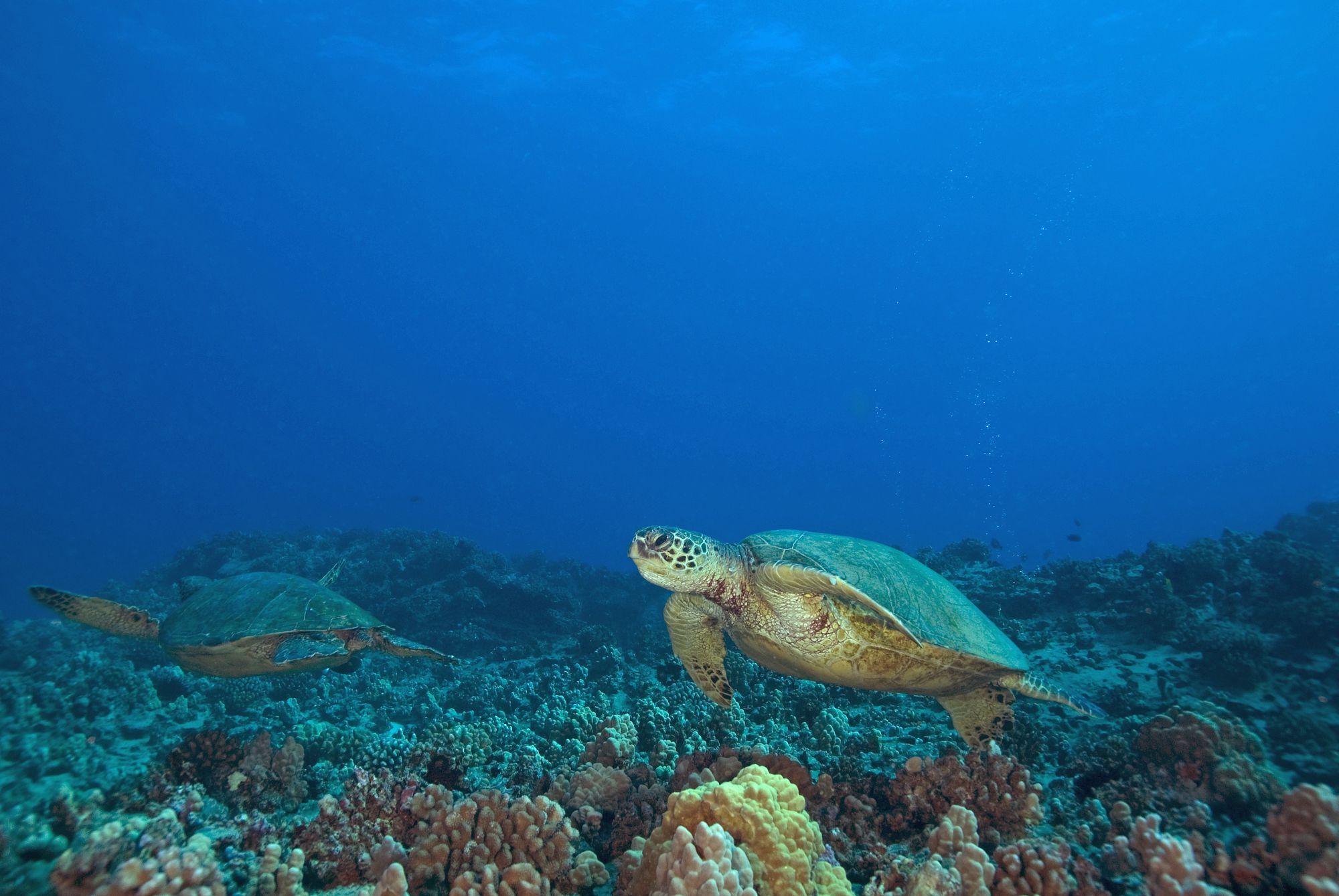
Liveaboard Diving in Hawaii
Hawaii is the most recent of the 50 U.S. states, and is the only U.S. state made up entirely of islands. Hawaii is made up of 20 islands, the biggest are Maui, Lanai, Molokai, Oahu and Kauai. While scuba diving in Hawaii divers will have many underwater experiences to enjoy. Hawaii has year round warm waters and has been a popular scuba dive location for years offering some of the best dive sites in the world for divers of all experience levels. Diving in the Hawaiian Islands is more famous for its underwater landscape and unique marine species than for its coral reefs. With underwater formations, such as lava tubes and caverns created by volcanic eruptions, the dive sites of Hawaii are pretty unusual. Oahu island offers excellent dive sites ranging from offshore lava formations and grottoes to plane and shipwrecks; Maui offers excellent diving for all levels of divers, including Molokini, Black Rock and Five Caves; Hawaii is probably best known for night-time encounters with feeding manta rays; Kauai is known for its rugged and pristine diving; Lanai is best known for lava formations which are also a house to a large variety of marine life; Molokai offers the longest barrier reef in Hawaii.
When To Go Diving in Hawaii
It is possible to dive Hawaii all year-round. Average air temperature in winter is 75F/24C and 90F/32C in summer. Water temperature averages 21-24C/70-75F (November to April) and 24-27C/ 75-80F (May to October). Water visibility ranges depending on dive sites. What to see Among marine life divers can see here: mantas, hammerhead sharks, tiger sharks, monk seals and the gigantic whale shark, turtles, eels, rays, different reef fish and some unique fish species.